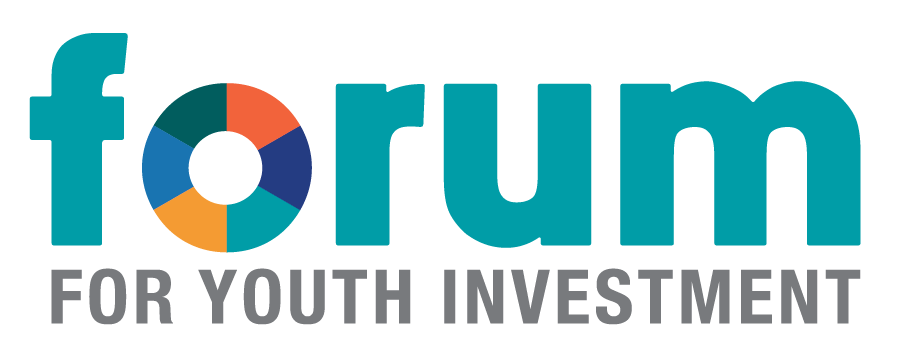3 Policy Solutions to Increase Positive Youth Workforce Outcomes
February 7, 2024
Youth workforce data is a crucial marker for assessing the effectiveness of federal and state programs. Yet federal policies such as the Workforce Innovation and Opportunity Act (WIOA), the largest federal investment in job training and education programs, fails to adequately equip practitioners and systems leaders with the data needed to design high-quality programs.
While research affirms the value of applying a positive youth development approach and using a Youth Program Quality Improvement framework, there is not a national standard or federal definition of either term. This causes practitioners within and across states to create their own approaches and frameworks, resulting in inconsistent models and outcomes. For example, at least four states and three federal agencies have their own definition of positive youth development. Further, federal funding for longitudinal data systems like the Workforce Data Quality Initiative and the State Longitudinal Data Systems are inadequate and inefficiently target investments.
Based on the Forum’s analysis, these 3 policy solutions would help practitioners and state systems leaders in locating, training, and placing more than 4.6 million youth (ages 16-24), who are disconnected from school and work, into high skill jobs.
- Establish a National Longitudinal Database: Since 2010, the Department of Labor has awarded at least 40 states with Workforce Data Quality Initiative grants that support the establishment of a state longitudinal database linking K-12 education and workforce systems. Despite an 80 percent participation rate, a 2014 GAO study revealed states’ challenges with matching K-12 education data with workforce data. Only 31 states could connect K-12 education data with any of the seven workforce While only six states could match K-12 education data with all seven workforce program data—due in part to prohibitions on collecting social security data. A national state longitudinal database would alleviate these challenges and ensure all 50 states participate
- Conduct a Longitudinal Study on Youth Job Training Impact Estimates: In 2018, a Mathematica study examined job estimates from the WIOA Adult and Dislocated Workers’ programs that compared administrative and survey data between 2008-2017. Although the study only examined adult workers (ages 25 and over), a key finding indicated that differences in data sources can affect the accuracy of the data. This offers valuable insights for policymakers in designing effective policies. A study that examines the impact of WIOA youth (ages 16-24) estimated job earnings over 1, 3, 5, and 10 years after program completion would certainly help practitioners and state systems leaders in understanding program effectiveness and could be helpful in lowering the youth disconnection rate (12.1 percent). A 2018 study showed the long-term impacts of youth connection up to 14 years later. Connected youth had greater earnings by $31,000, were 42 percent less likely to be unemployed, 45 percent were homeowners and 52 percent reported good health.
- Codify a Federal Definition of Positive Youth Development and Continuous Quality Improvement: More than 25 years of research shows that when positive youth development is applied, youth participants develop lasting skills that build leadership, self-confidence, and better relationships. In 2012, the Forum’s Weikart Center for Youth Program Quality published the results of a randomized control trial examining 87 afterschool programs in 4 states and found that higher implementation of continuous quality improvement practices leads to higher program quality. Both these approaches to youth development are not core requirements in federal youth programs but should be codified across all federally funded youth programs spanning the education, youth workforce, juvenile justice, human services and child welfare systems.
As a leading national convener of practitioners across the youth development ecosystem, the Forum urges policymakers to consider incorporating these three policy recommendations across youth workforce development policy.
